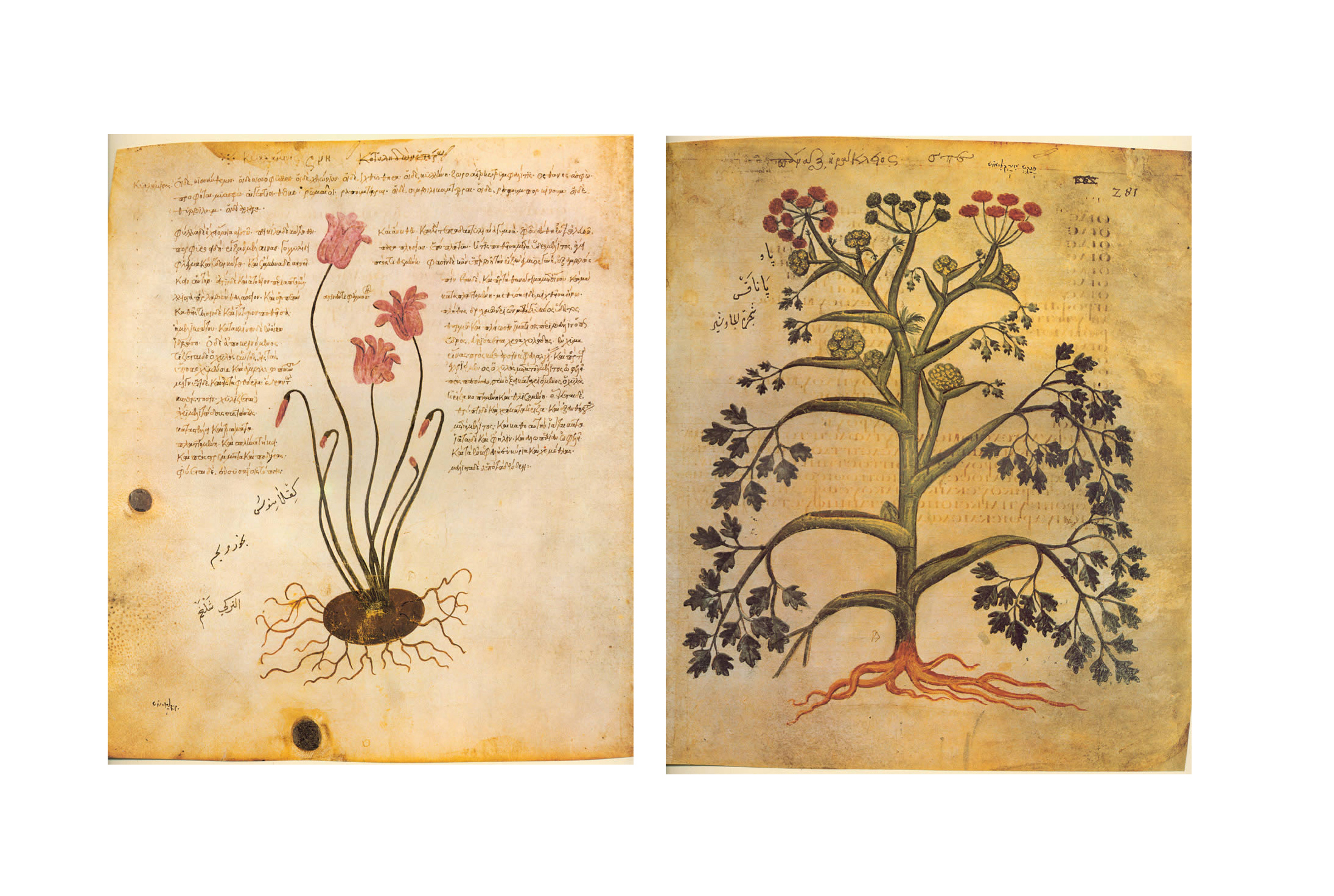Casey Kaplan
"I stay at home in my flat and paint small watercolors of Other flowers. But I dream of scale, of an eroticised city. A wildness growing. An Otherness splendid and bold. I fantasize of decorating the city. In bright strong colours I cover the buildings with frescoes. Weird proud bodies, glorious in form, defiantly rising in shared and tender love. A transformation of life."
- David Thorpe, May 16, 2020, Berlin
Thorpe invites us inside his Berlin apartment, sharing an image of the space in which he drafted and executed a set of intricate watercolors while the city was in lockdown earlier this year. Two large reproductions of recent Frescos are seen here, along with books, sketches and reference images, all of which provide insight into the preliminary stages of the artist’s process.
Over months of solitude, Thorpe continued his meticulous watercolor practice, illustrating plants as emblems of alienation and otherness. Although utilizing pre-modern methods and techniques dating back to antiquity, particularly the laborious process of Fresco painting, Thorpe’s imagery is both contemporary and artificial. Nature appears realistic upon first glance, however, closer examination reveals fantastical forms culled from the imagination, as Thorpe quietly breathes new flora into being.
Isolated from genome or context, the fictional plants share a seclusion that perfectly coincides with life in quarantine, while their blossoming fecundity speaks to the processes of reopening and renewal.
Studio shot of David Thorpe's Dignified Body (Design for Monumental Living), 2020 in progress. Image courtesy the artist.
Thorpe's watercolors and Frescos incorporate the visual language of historical botanical illustrations, which were the only way of recording the world’s many plant life species prior to the invention of photography in 1826. The practice can be traced back to sometime between 50 and 70 CE, when an illustrated book titled “De Materia Medica” was created by Greek botanist Pedanius Dioscorides to help readers identify plant species for medicinal purposes. Appropriating aspects from this rich history and visual language, Thorpe morphs traditional techniques and scientific imagery to create representations of regenerated, imagined plant-life as splendid symbols of otherness.
